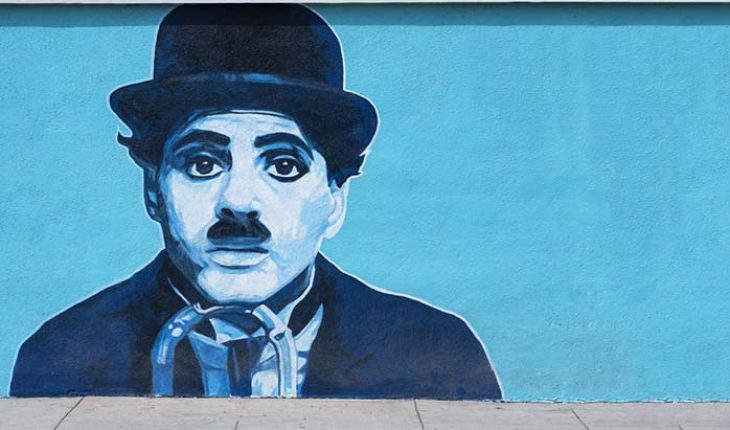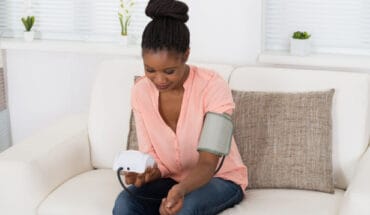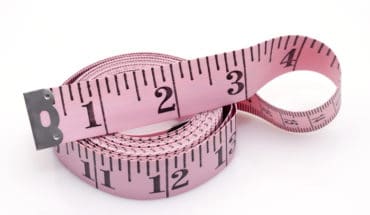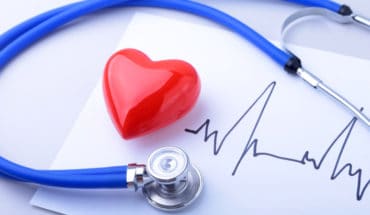The vast majority, probably over ninety per cent of cases of Type 2 diabetes are picked up in the GP surgery. You may go to hospital for an operation, like a hernia, or have a heart attack and get a blood test which shows it up, but other wise, it is usually found in general practice.
The problem with type 2 diabetes is that it has very few symptoms in its early stages so many people are not diagnosed until they have had the disease for some time. Someone may feel absolutely fine and yet have quite advanced diabetes. In the rare circumstances people have symptoms The first things that people tend to notice is that they are thirsty and weeing all the time and losing weight but most people have no symptoms. By the time that well over 20 per cent of people with diabetes are diagnosed, they already have complications such as erectile dysfunction and retinopathy.
In 2009, the government introduced the cardiovascular risk assessment health check for people over 40 which is offered every five years on the NHS or more regularly for certain people. This includes blood pressure checks, cholesterol tests and BMI measurements. This can help medics work out someone’s risk of developing Cardio Vascular Disease but unfortunately, it was decided not to automatically include a simple test for measuring blood sugar. In fact, most surgeries don’t carry out blood sugar tests on people unless they have risk factors such as a family history of diabetes or high blood pressure.
I think this was a missed opportunity since it would have been a useful way to pinpoint people who were at high risk of developing diabetes or actually had the disease but had no obvious symptoms.
Yes, people can now buy blood sugar pinprick monitors in pharmacies, but they are expensive, costing between £10-£15. I think this puts a lot of people off.
We can now use a test known as HbA1c which can measure if someone is at increased risk of developing diabetes, known as as pre-diabetes. The test measures how much sugar has been in the circulating blood over the last three months so it presents a very accurate picture. It is not just a snapshot like a pinprick test. It is only available through a GP or in a hospital. It gives a score where above 48 means you have diabetes and below 42 means you definitely do not. But between 42-48, there is a very definite risk that the person being tested will go on to develop diabetes. HbA1c is only offered to people considered to be at risk, (it is used routinely for people with diabetes to monitor how well their blood glucose levels are controlled) I am conscious that we don’t want to be conducting expensive tests on legions of the worried well, but I also fear that many people may be slipping through the net. What we know is that people with pre-diabetes can take steps to reduce their risk of developing diabetes through lifestyle measures, as long as they are aware of their situation. We are hoping to provide a programme to find these people and provide support and education to help them delay or postpone developing diabetes in the future- The National Diabetes Prevention Programme.
It is important to catch diabetes early. The consequences of leaving it too late can be devastating for the patient as well as expensive for the health service. Approximately Three quarters of people with type 2 diabetes will have a heart attack or a stroke and between 40 to 50 percent of people with type 2 diabetes will die of a heart attack or a stroke. We could bring those figures right down if we took a more proactive approach to diagnosing the disease before it had time to do irreparable damage.
- Diabetes – the silent disease - 13th June 2016






